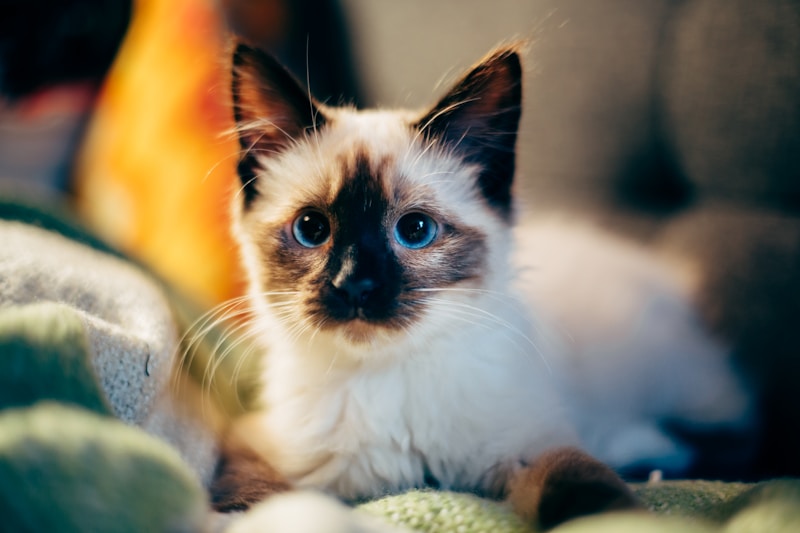Cats have long been symbols of mystery, independence, and resilience. From ancient mythologies to modern memes, these creatures have captured the hearts of humans with their enigmatic presence. The phrase “nine lives” is often used to describe a cat’s uncanny ability to escape danger and bounce back from situations that would seem dire for most other animals. But what does it really mean? In the article below, we’ll explore the origins of the “nine lives” myth, real-life stories of feline survival, the science behind a cat’s agilitys and instincts, and what we can learn from these extraordinary animals.
The Origins of the “Nine Lives” Myth
The concept of cats having nine lives dates back centuries and spans multiple cultures. In ancient Egypt, cats were revered and often associated with deities such as Bastet, the goddess of home and fertility, who had a feline form. This divine connection may have contributed to the belief that cats possess supernatural abilities, including multiple lives.
In European folklore, the number nine has often symbolized completeness or mysticism. Combining that with a cat’s seemingly miraculous ability to survive falls, accidents, and illnesses, people began to say they had “nine lives.” Some cultures have different interpretations — in some Spanish-speaking countries, cats are said to have seven lives, while in Arabic traditions, they may have six. Regardless of the number, the sentiment is the same: cats are survivors.
Real-Life Tales of Feline Survival
While the idea of nine lives is figurative, many cats have proven themselves to be real-life Houdinis when it comes to escaping danger. There are countless documented cases of cats falling from staggering heights and walking away with minor injuries — or none at all. This phenomenon has been dubbed “high-rise syndrome.”
One famous story is that of a cat named “Sugar” who survived a fall from the 19th floor of a building in Boston. Amazingly, she only suffered minor bruising. Another well-known feline, Scarlett, became a symbol of bravery after she rescued her kittens one by one from a burning building in Brooklyn in 1996, sustaining severe burns in the process.
These stories aren’t just heartwarming — they’re astonishing examples of how cats can defy the odds through their physical adaptations and unwavering instincts.
The Science Behind Their Survival
So, what gives cats this edge when it comes to survival? The answer lies in their biology.
First, cats have a highly flexible spine and a unique skeletal structure that allows them to twist and turn mid-air — a skill called the “righting reflex.” This ability enables them to land on their feet most of the time, significantly reducing injury when falling.
Additionally, their small body size, light bone structure, and thick fur act as natural shock absorbers. A cat’s terminal velocity is lower than that of many other animals, meaning they can fall from great heights at slower speeds, reducing the force of impact.
Cats are also instinctual creatures. Their heightened senses — hearing, sight, and smell — help them detect and avoid danger. Even domesticated cats retain many of the survival instincts of their wild ancestors, which can be the difference between life and death in precarious situations.
Lessons from Our Feline Friends
While humans may not have nine lives, we can learn a lot from the way cats live theirs.
Cats are masters of adaptation. They face threats and challenges with a mix of caution, intelligence, and grace. They teach us the importance of landing on our feet when life throws us a curveball — sometimes quite literally. Their independence encourages self-reliance, but their affectionate side reminds us to seek connection and comfort when needed.
Caring for a cat also underscores the value of patience and observation. Cats often communicate subtly, and understanding them requires attention and empathy — skills that are beneficial in all aspects of life.
In a world that can often feel chaotic and unpredictable, cats show us that calmness, curiosity, and a little courage can go a long way. They may not really have nine lives, but the way they use the one they’ve got is something worth admiring.
Whether you’re a lifelong cat lover or a new feline friend, the magic of cats is undeniable. Their agility, resilience, and mystery continue to inspire awe, reminding us that sometimes, surviving isn’t about luck — it’s about instinct, grace, and the quiet determination to keep going, no matter what.

